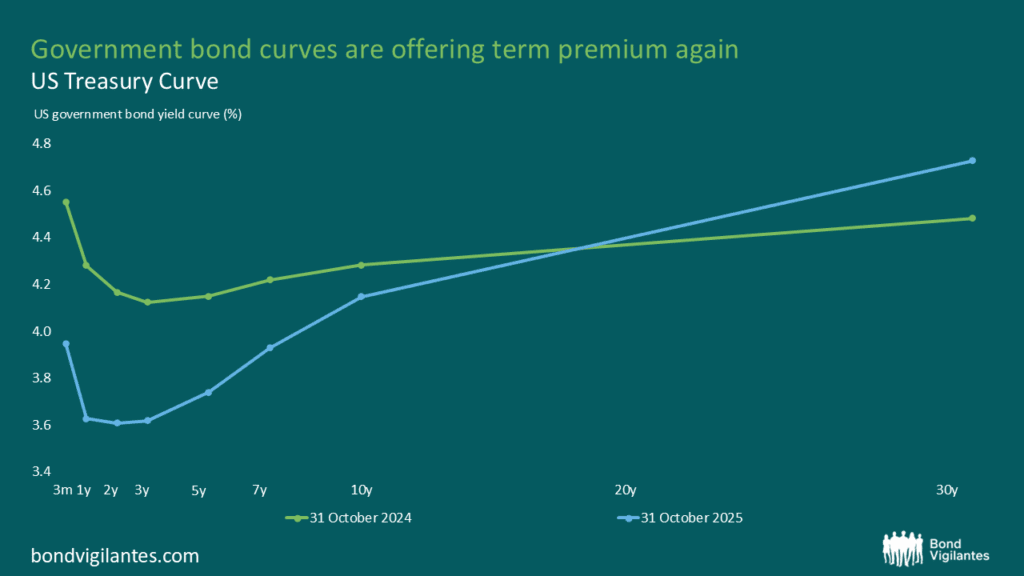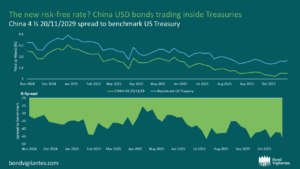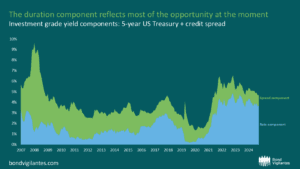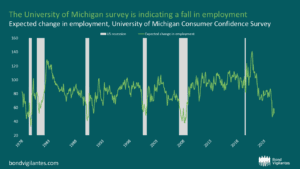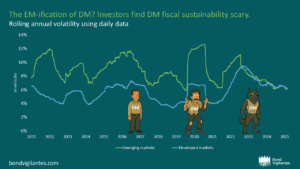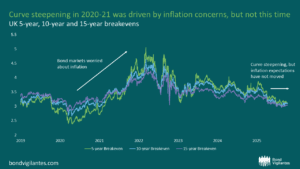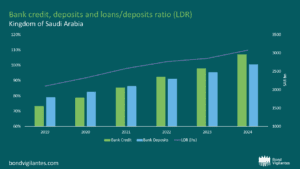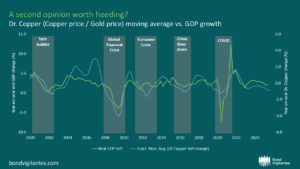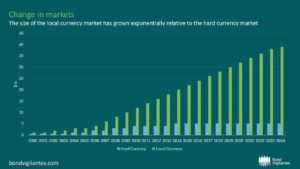The debt reduction playbook: Can today’s governments learn from the past?
By Joe Sullivan-Bissett - 12 November 2025
Government debt levels continue to linger in uncomfortable territory across developed markets, with fiscal deficits stubbornly high despite reasonably resilient growth and employment – especially when compared to past norms. This is not a post-crisis or post-war moment, yet debt levels resemble those of an economy fighting its way out of recession.






